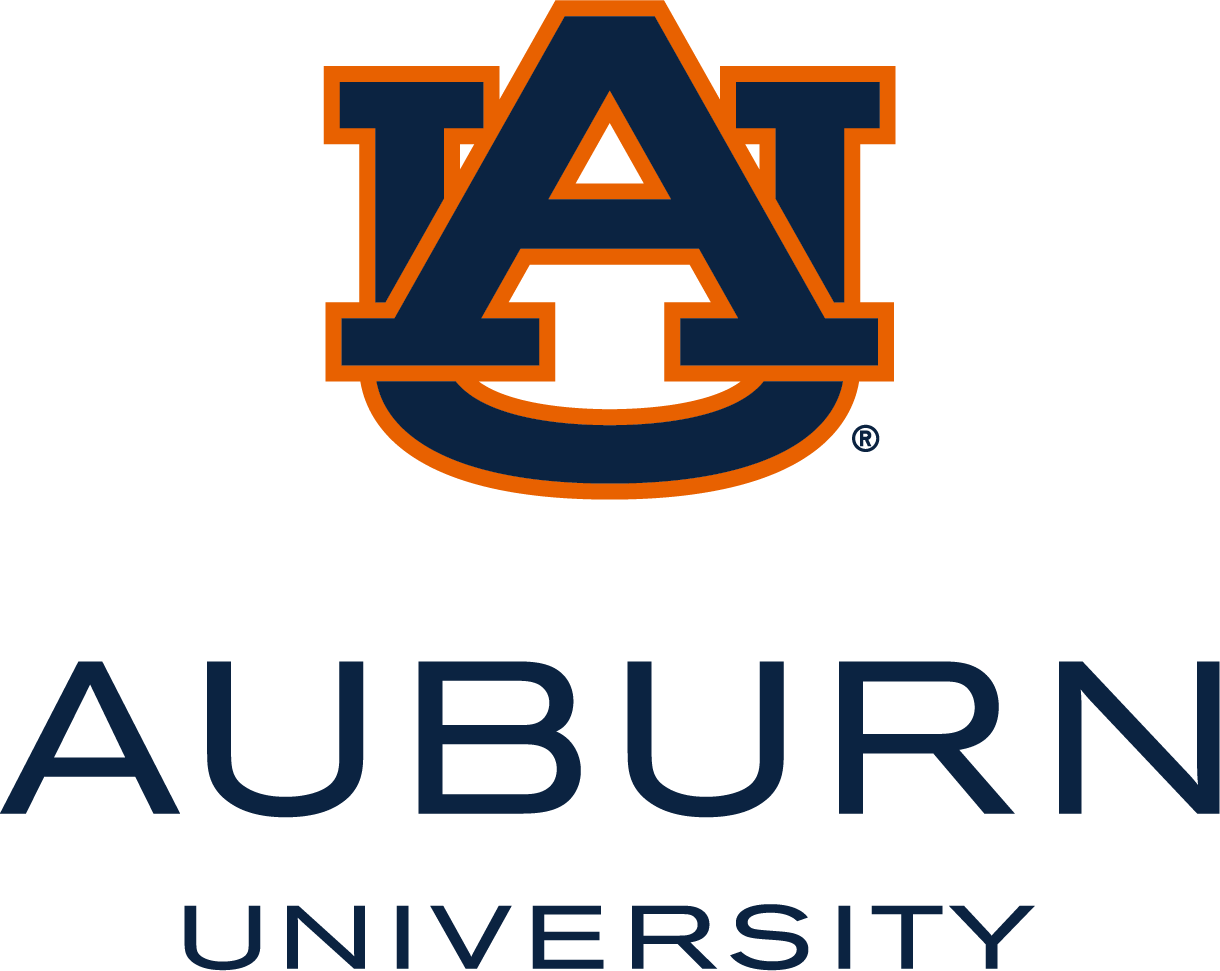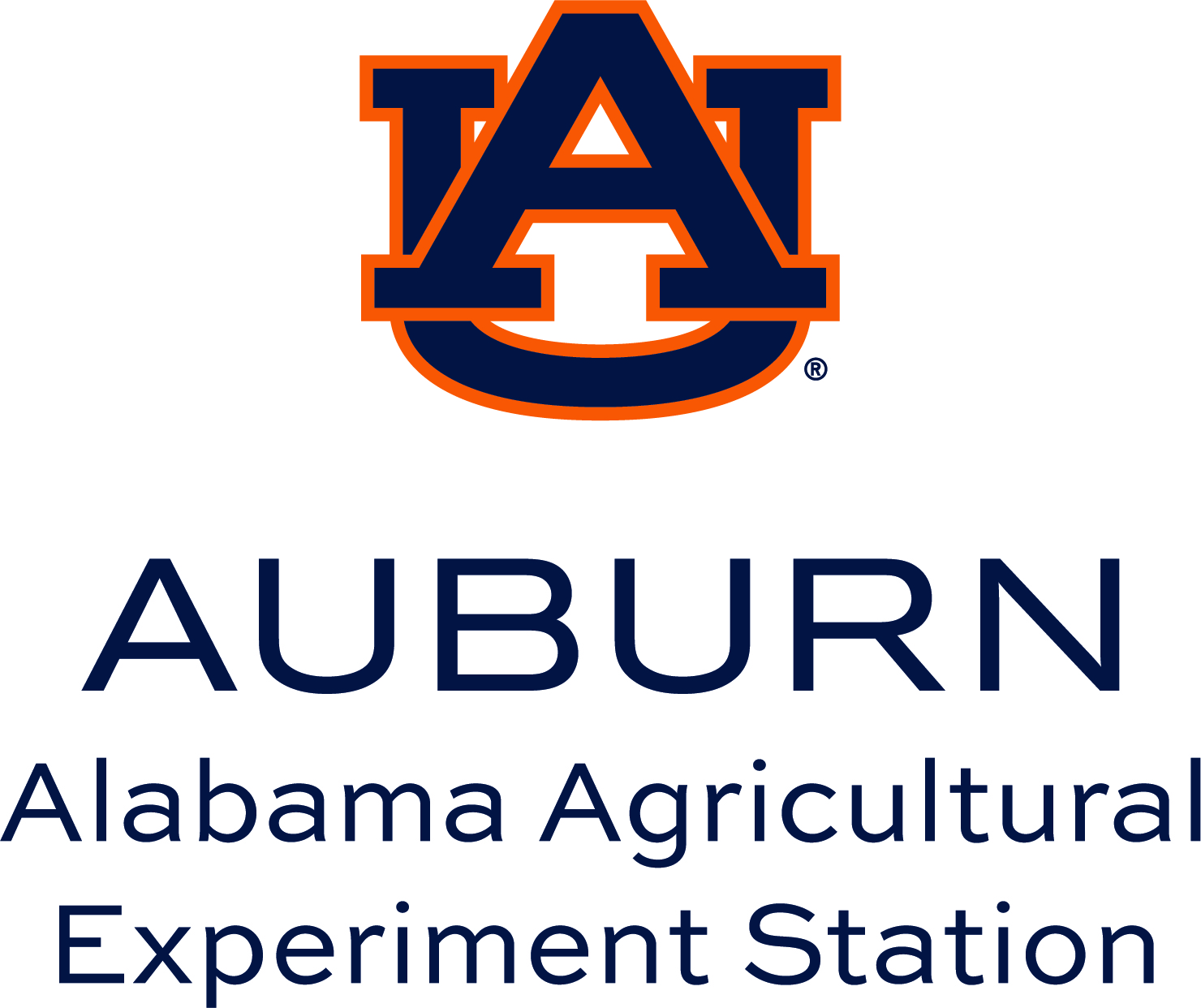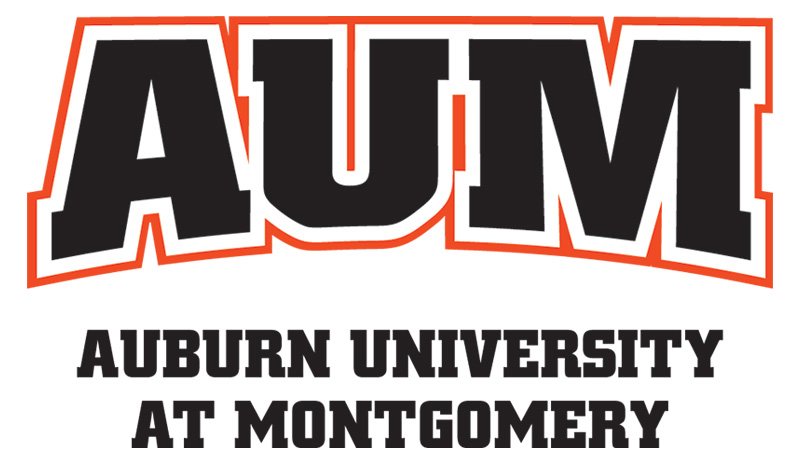What Is Digital Accessibility?
Digital accessibility means making sure that all our digital content—like websites, electronic course materials, mobile apps, and online documents—can be used and understood by everyone, including people with disabilities. It’s about using Universal Design so that all students, faculty, staff, and visitors can fully participate in university activities, programs, and services.
Accessible content helps everyone. Whether you're watching a video with captions, navigating a well-structured document, or using a screen reader, these features make digital experiences smoother and more effective for all users.
Examples of Digital Accessibility:
- Turning on captions while watching a lecture or educational video
- Using headings in documents to make reading and navigation easier
- Enabling text-to-speech or using a screen reader to consume course materials
- Adding alternative text to images to describe the picture or visual representation
Why It Matters
Under the Department of Justice’s 2024 Final Rule for Title II of the Americans with Disabilities Act (ADA), Auburn University must ensure that all digital content—including instructional materials, Canvas pages, university websites, mobile apps, and internal documents—meets digital accessibility standards by April 24, 2026.
This is more than a legal requirement—it’s a reflection of Auburn’s commitment to equity, excellence, and the land-grant mission of expanding access to education for all and aligns deeply with Auburn University’s mission, values, and the Auburn Creed. As a land-grant institution, Auburn is committed to expanding access to education, serving the public good, and empowering future leaders.
"I believe in education, which gives me the knowledge to work wisely…"
The Final Rule ensures that all students, including those with disabilities, have equal access to educational content—from course materials and registration systems to advising and student services. This supports Auburn’s belief in education as a right and a tool for empowerment.
"I believe in obedience to law because it protects the rights of all."
The Final Rule is a federal legal requirement designed to protect the civil rights of individuals with disabilities. Auburn’s commitment to obeying the law reinforces its dedication to justice, equity, and the protection of all members of our community.
"I believe in the human touch, which cultivates sympathy with my fellow men and mutual helpfulness…"
Digital accessibility is a human-centered practice. It ensures that faculty, students, employees, and visitors with disabilities can fully participate in university life—reflecting Auburn’s values of compassion, empathy, and mutual support.
"I believe in my Country, and that I can best serve that country by 'doing justly, loving mercy, and walking humbly…'"
By implementing the Final Rule, Auburn is serving the public good, advancing civil rights, and demonstrating humility and justice in action—hallmarks of our land-grant mission.
Auburn's Approach
Auburn is aligning its digital infrastructure with the DOJ’s requirements by:
- Adopting WCAG 2.1 Level AA as the technical standard.
- Working to address and remediate existing digital barriers.
- Embedding accessibility into university-wide policies, procurement processes, and content creation workflows.
The DOJ’s Final Rule clarifies that Auburn must ensure that all people can access university programs, activities, and services without digital barriers. Learn more about the rule here DOJ Final Rule Fact Sheet – ADA.gov.








